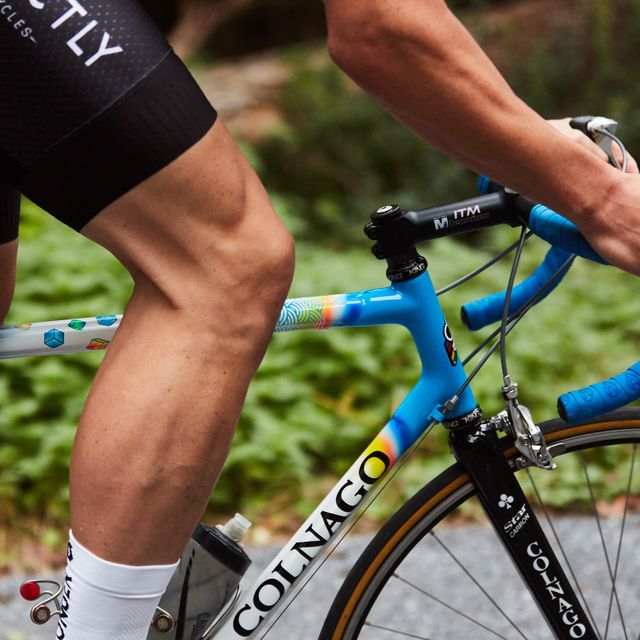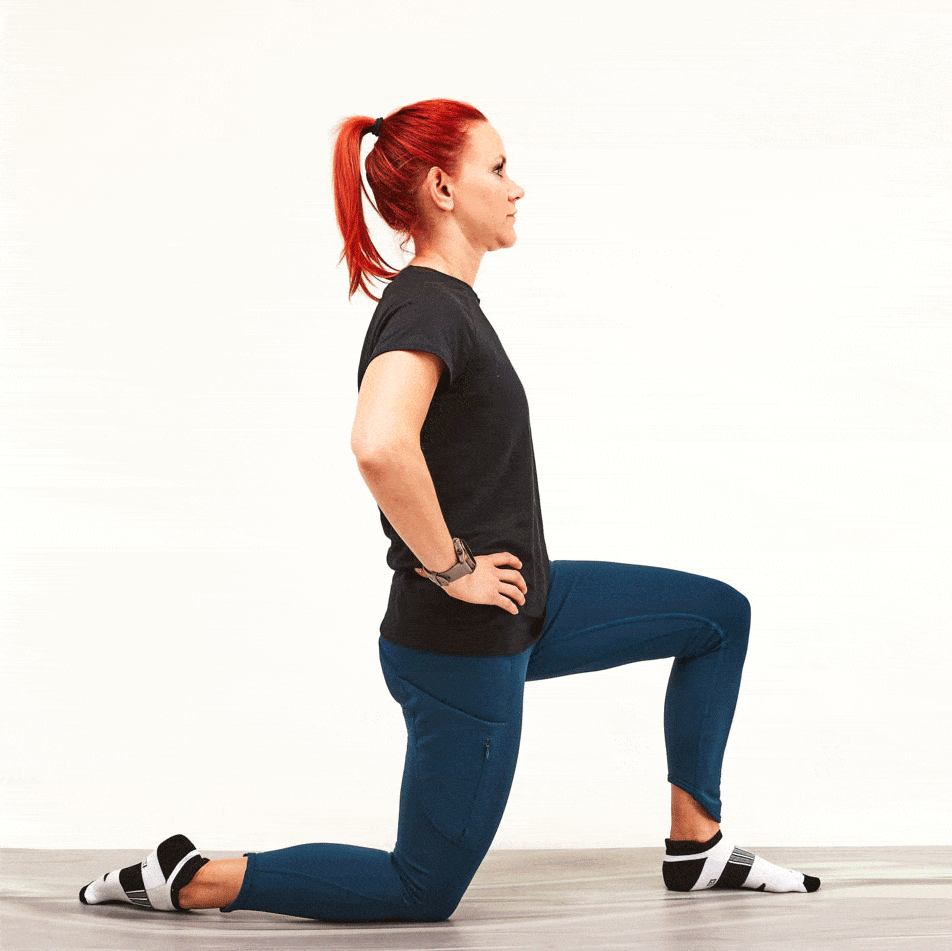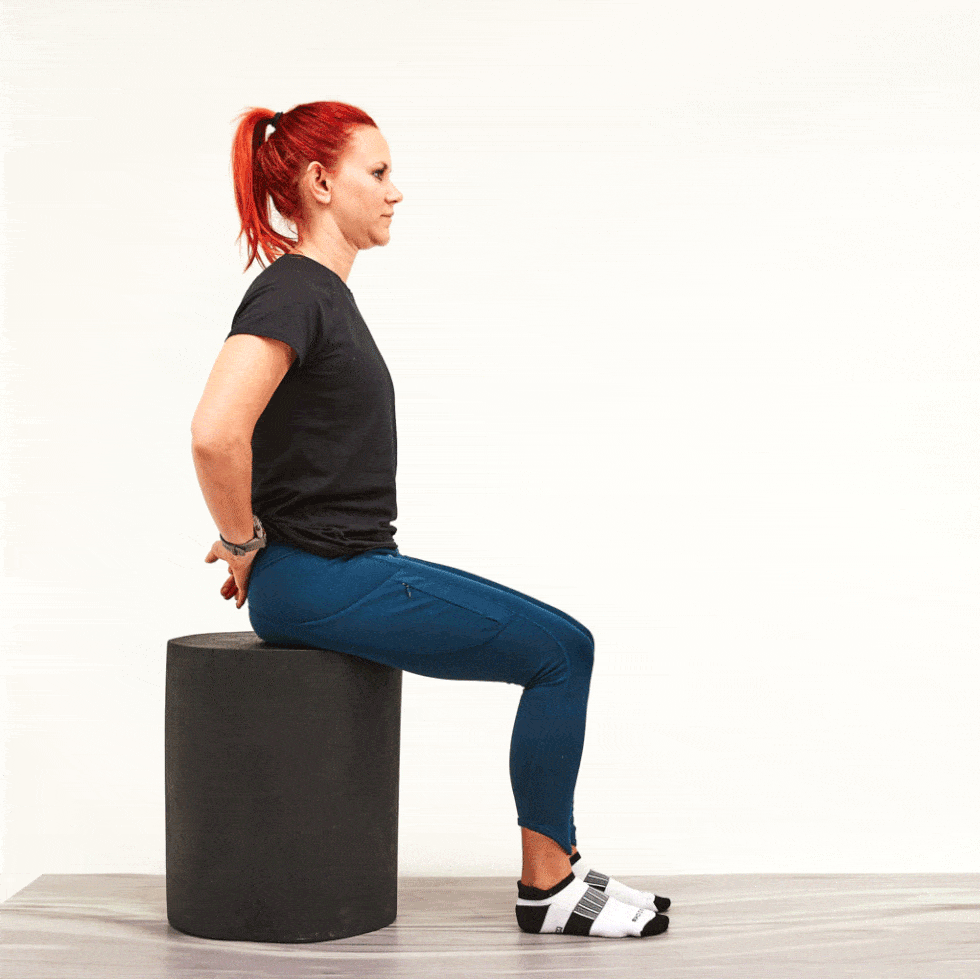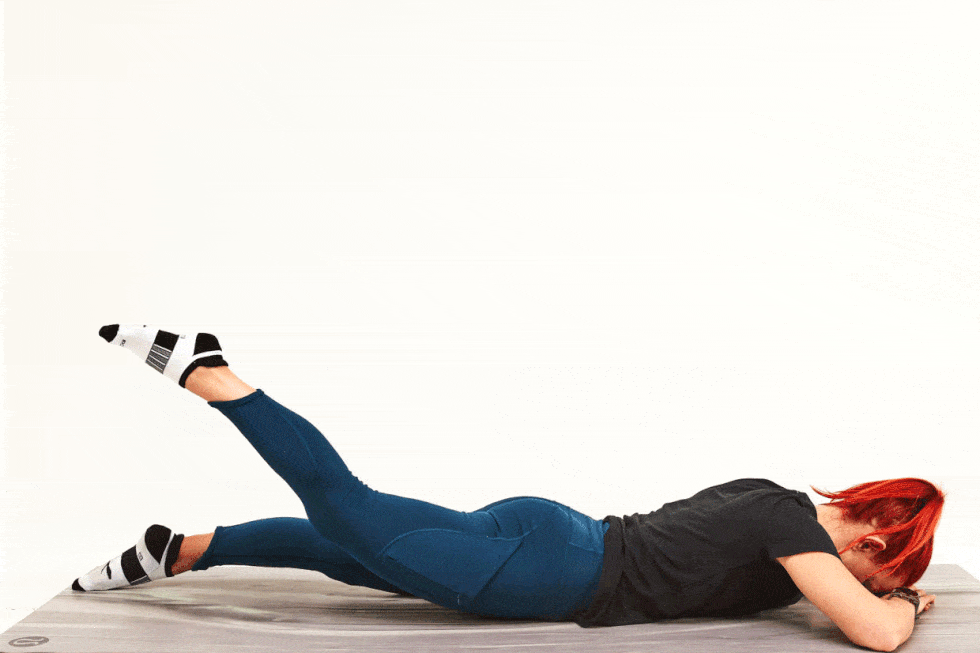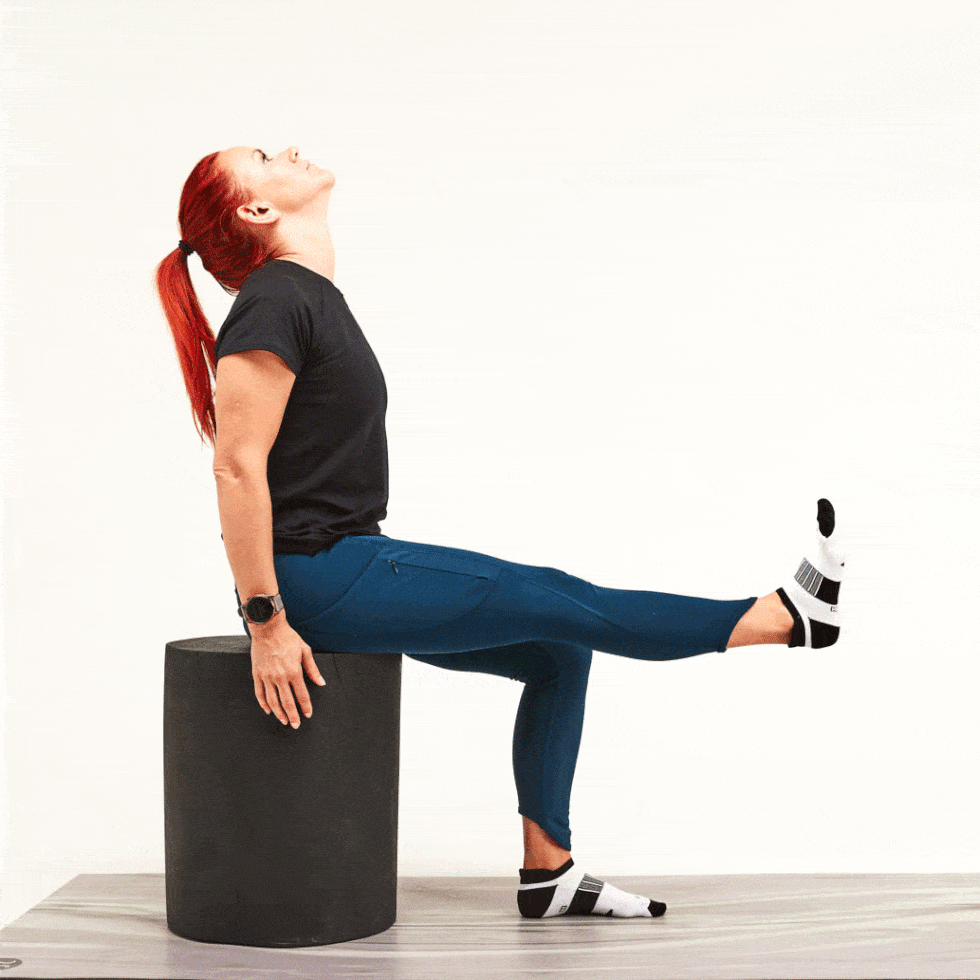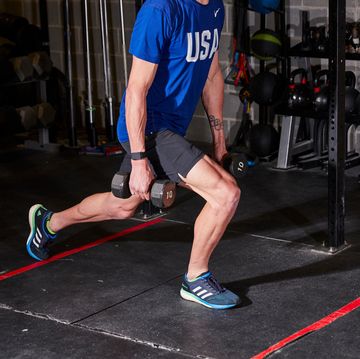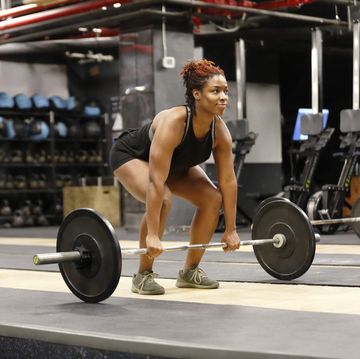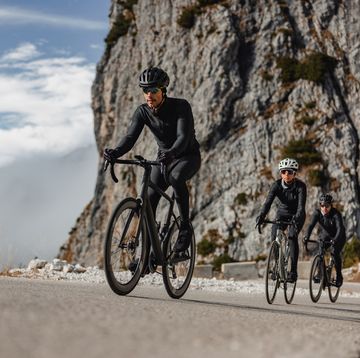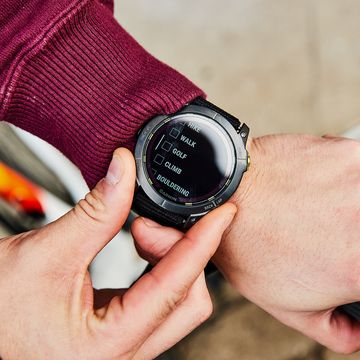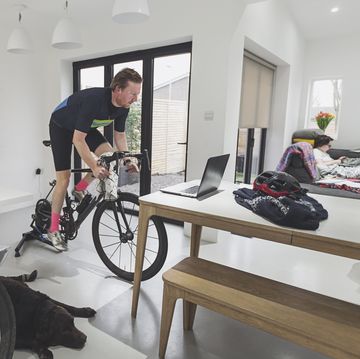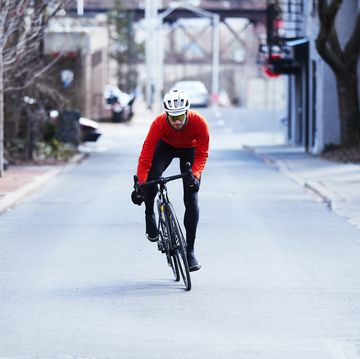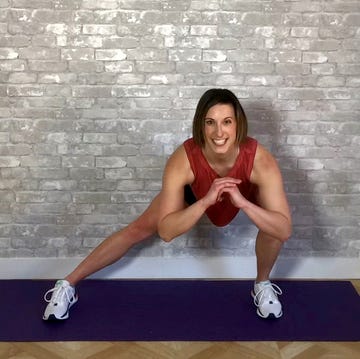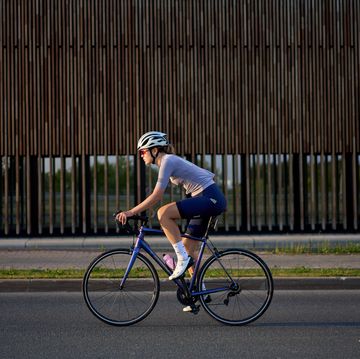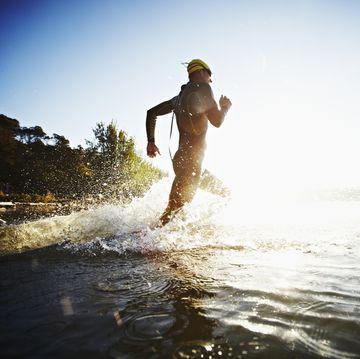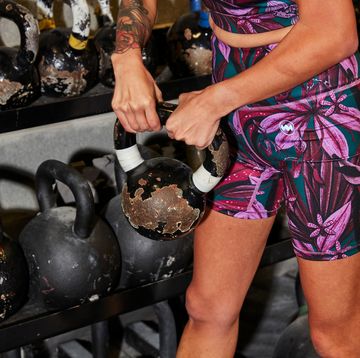Knee pain is one of the worst feelings to experience during a ride, and ignoring it is one of the fastest roads to injury-town. Typically, knee pain signals that something isn’t right, and that “something” can often stem from an improper bike fit or overuse.
One technique that physical therapists and chiropractors utilize in the treatment of pain, tingling, or numbness in our limbs is nerve flossing, which is also known as nerve gliding. This practice is an easy-to-do, non-invasive, and effective way to improve symptoms like knee pain.
Before we dig into how nerve flossing can help alleviate knee pain, here’s what to know about the practice, plus how to try it at home.
The Benefits of Nerve Flossing for Pain
“Nerve flossing is an exercise that provides a gentle pull on the nerve centrally at the spine and then distally at the end of the limb to free up nerves from any areas of compression or irritation along the chain that may be causing nerve pain, muscle weakness, or restricted range of motion,” explains Ashley King, P.T., D.P.T., physical therapist at the physio bicycle studio Pedal Fit. “Think about your nerve as a piece of floss coming from your spine all the way down to the end of your limbs. This ‘piece of floss’ can get caught up anywhere along the chain, from the small hole the nerve uses to exit the bones of the spine, through a protruding disc pushing on the nerve, all the way to the end of your limb.”
When one of the nerves that travel down the leg is compressed or unable to move freely, it can cause symptoms like knee pain, along with other issues that generally fall under the umbrella of sciatica, or pain radiating down the back of the leg.
For cyclists, posture on the bike over many hours and miles, plus the way your musculature adapts to this position, can end up being a factor in why the nerves have become compressed and are causing pain around the knee. According to King, cyclists are vulnerable to the sciatic nerve becoming compressed due to riding with a rounded back and tight hamstrings.
It’s important to note that tight muscles around a nerve can aggravate it and cause pain, but an aggravated nerve that isn’t gliding freely can also lead to the sensation of tight muscles, which makes it difficult to determine what happened first. According to Natalie Collins, P.T., D.P.T., owner of physio bicycle studio Pedal Fit, the tissue surrounding the nerve will activate as the body tries to slacken that nerve.
“This can lead to other symptoms including lack of mobility, trigger points, excess joint tension and more,” Collins explains.
Irritation or tension on the sciatic nerve can cause pain to radiate down the back of the knee and leg, while at the same time manifesting as muscle tension in the hamstrings and glutes.
Irritation to the femoral nerve (which runs down the front of the leg) can cause pain in the front of the knee, and can also cause tension in the quads and hip flexors. “Essentially, the nervous system seems to rule the roost with respect to its effect on muscles and joints,” Collins adds.
Nerve flossing can be an effective way to reduce pain in the patella, or knee cap, that’s resulting from tight muscles surrounding the knee or too much tension on the femoral nerve. You can also address sciatica and pain running down the back of the leg—generally happening because of the glute and hamstring muscles tightening to protect an injury, causing excessive tension on the sciatic nerve—with nerve flossing.
Another thing to note is that nerve flossing is helpful over time, especially if the muscle tension has become a pattern, rather than a once-and-done practice.
Why It’s Important to Find the Root Cause of Knee Pain Before Nerve Flossing
The first step in figuring out whether nerve flossing will help your knee pain is figuring out the root cause of the discomfort. One example of a root cause would be a low back injury, like a herniated disc, that is affecting the nerves that supply sensation to the legs, causing symptoms like knee pain or sciatica.
Unfortunately, even if these injuries are no longer a problem they can leave a trail of scar tissue that will bind the nerve and therefore trap it from gliding through the tissues of the leg comfortably. “This is when a progressive routine of nerve gliding/flossing can start to free up the nerve from its scar tissue tether. I say ‘progressive’ because nerves are very irritable and you need to learn their limits before setting out with vengeance while using the flossing techniques,” Collins explains.
In other words, it’s important to approach nerve flossing gently, slowly, and with proper execution, so that you don’t accidentally overdo it. Take your time and listen to your body; this is not a time to push it.
How to Start Nerve Flossing to Address Knee Pain
There are two simple tests that Collins recommends performing in order to determine if nerve flossing could be helpful in addressing your knee pain. These tests will also indicate which exercises you should try, addressing either your femoral nerve (running down the front of the leg) or sciatic nerve (running down the back of the leg).
Collins explains that the tests place tension on these nerves and that if you feel your symptoms happen or get worse during the test, this can indicate that the nerve isn’t gliding smoothly. By testing both nerves first, you’ll be able to figure out which nerve glides may benefit you the most.
Step 1: Nerve Testing
Femoral Nerve Tension Test
- Start in a kneeling lunge position, back knee on the floor, front knee over ankle. Use a towel or folded up yoga mat under the knee for additional cushioning. Keep back straight and tailbone slightly tucked under. This should produce a soft and comfortable stretch in the front of the back thigh.
- Keeping tailbone tucked, lower head to chest and round upper back. Return to neutral and repeat a few times.
- If you notice an increase in the intensity of the stretch in the front of back thigh during the chin tuck and upper back rounding, it’s possible that you have femoral nerve tension.
Slump Test for Sciatic Nerve Tension
- Sit upright in a backless chair with both feet flat on the floor. Clasp hands behind the lower back back.
- Round upper back and tuck chin to chest.
- Extend one leg to hip height and flex the foot.
- Unflex the foot, lower leg, and sit back upright.
- If you notice pain or discomfort along the back of the leg occurring or getting more intense when the leg is extended and the foot is flexed, it’s possible that you have sciatic nerve tension.
Step 2: Nerve Flossing for Knee Pain
Femoral Nerve Glide
- Lie facedown on floor with forehead resting on interlaced hands.
- Bend one leg to about 90 degrees with foot pointed, slowly bringing heel toward glutes.
- As you slowly lower the leg back to the floor, simultaneously lift head.
- Rest. Repeat for 5-10 reps.
Sciatic Nerve Glide
- Sit upright in a chair with both feet flat on the floor.
- Extend and straighten one leg out in front of you to hip height.
- Slowly tilt head back while simultaneously flexing the foot of the extended leg. Hold for a few seconds.
- Then tuck chin to chest while simultaneously pointing the foot on the extended leg. Hold for a few seconds.
- Rest. Repeat for 5-10 reps.
Natascha Grief is Bicycling’s Health & Fitness Editor. She got her first bike shop job before she was old enough to drink. After a six-year stint as a bike mechanic and earning a couple pro-mechanic certifications and her USA Cycling Race Mechanics license, she became obsessed with framebuilding and landed an apprenticeship with framebuilder Brent Steelman in her hometown of Redwood City, California. After that, she spent several years working for both large and not-so-large cycling brands before switching gears to become a NASM certified personal trainer. She’s honed her skills as a trainer and coach for over a decade, while also teaching Spin. During the dumpster fire that was the year 2020, she opened a fitness studio and began contributing regularly to Runner’s World and Bicycling as a freelance writer. She joined the editorial staff of Bicycling in 2022.
